Home>Furniture & Design>Interior Design Trends>How Many Ounces Is A Pint Glass
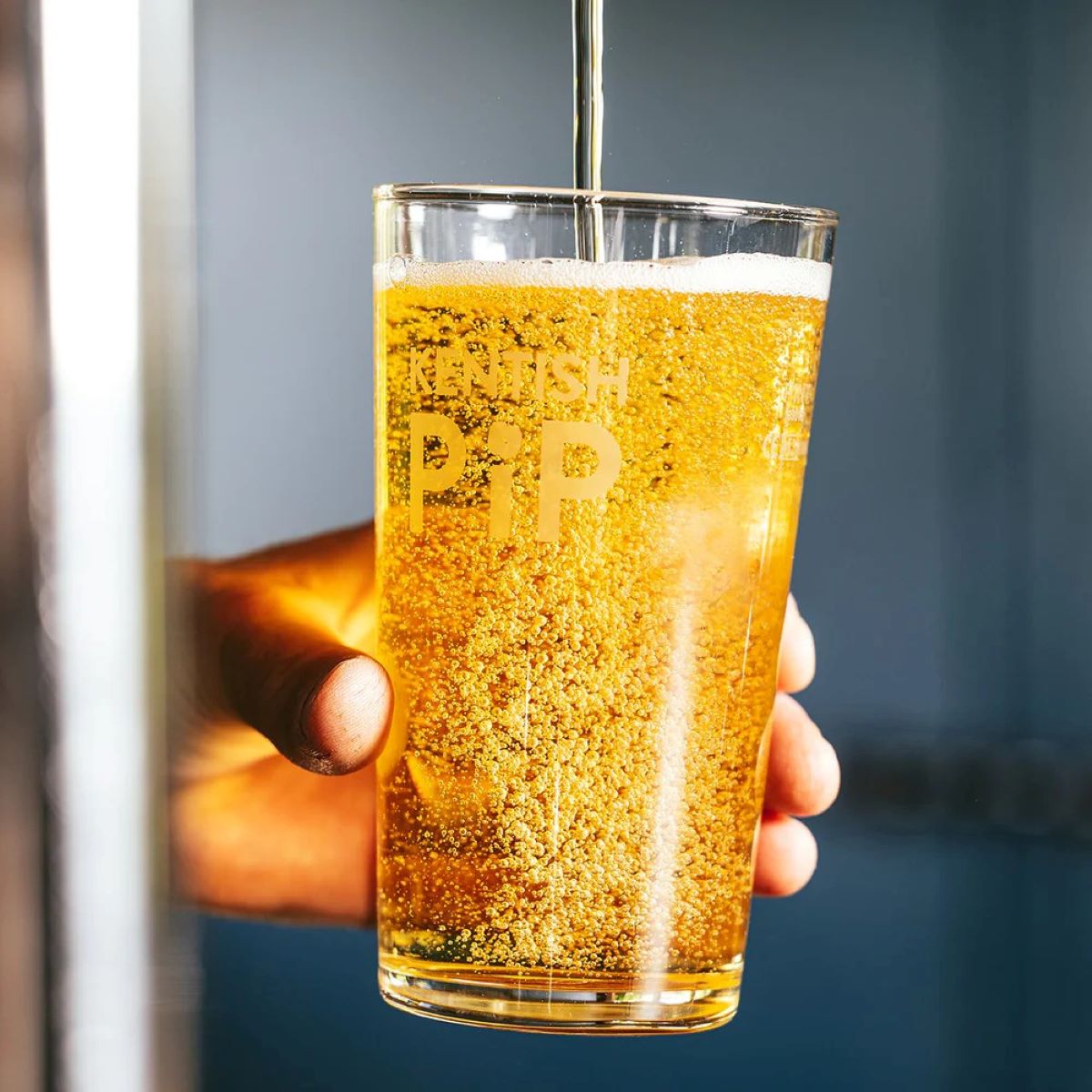

Interior Design Trends
How Many Ounces Is A Pint Glass
Modified: February 18, 2024
Discover the latest interior design trends and learn how to incorporate them into your home. Explore the perfect pint glass size for your next gathering.
(Many of the links in this article redirect to a specific reviewed product. Your purchase of these products through affiliate links helps to generate commission for Storables.com, at no extra cost. Learn more)
Introduction
Pint glasses are a staple in the world of beverages, often associated with the enjoyment of a refreshing pint of beer or cider. These iconic vessels have a rich history and play a significant role in the culture of socializing and relaxation. Whether you're a connoisseur of craft beer or simply enjoy sipping your favorite beverage, understanding the measurement and types of pint glasses can enhance your appreciation of this timeless drinking vessel.
Pint glasses come in various shapes and sizes, each designed to complement specific types of beer or other beverages. From the classic nonic pint glass to the elegant tulip pint glass, the diverse range of options adds an element of sophistication to the drinking experience. Additionally, the measurement of a pint glass holds cultural significance, as it represents a standard unit of volume for serving drinks in many countries.
As we delve into the world of pint glasses, we'll explore the different types available, the significance of their designs, and the conversion of ounces to pints. By gaining a deeper understanding of these aspects, you'll be better equipped to appreciate the artistry and functionality of pint glasses, elevating your enjoyment of your favorite beverages. So, let's embark on a journey to unravel the mysteries and nuances of pint glasses, shedding light on their timeless appeal and practical utility.
Key Takeaways:
- Pint glasses come in various shapes and sizes, each designed to complement specific types of beer or other beverages. Understanding the measurement and types of pint glasses can enhance your appreciation of this timeless drinking vessel.
- Converting ounces to pints is crucial for maintaining consistency in beverage service and ensuring accurate portioning. Whether in commercial settings or home environments, mastering this conversion process enables individuals to navigate the intricacies of beverage measurements with confidence and accuracy.
Read more: How Many Ounces Are In A Glass
Understanding the Measurement
The measurement of a pint glass holds significant importance in the realm of beverage consumption. In the United States, a pint is commonly defined as 16 fluid ounces, while in the United Kingdom, it is 20 fluid ounces. This variation in measurement can lead to confusion, especially in the context of international trade and standardization. Understanding the measurement of a pint glass is crucial for both consumers and establishments serving beverages, as it ensures accurate and consistent serving sizes.
In the United States, the 16-ounce pint is the standard measurement for beer and other beverages. This measurement is deeply ingrained in American drinking culture, with many establishments adhering to the 16-ounce standard when serving draft beer. The 16-ounce pint glass is widely recognized and favored for its practicality and versatility, making it a popular choice for both commercial and home use.
On the other hand, the United Kingdom's 20-ounce pint holds its own historical and cultural significance. This larger measurement reflects the traditional imperial pint, which has been a part of British drinking customs for centuries. While the imperial pint is less common in the United States, it remains a prominent measurement in the UK and other countries that have adopted the imperial system.
Understanding the measurement of a pint glass goes beyond mere numbers; it encompasses the cultural, historical, and practical aspects of beverage consumption. Whether it's the 16-ounce American pint or the 20-ounce British pint, these measurements symbolize a standard unit of volume that has shaped the way people enjoy their favorite drinks. By grasping the nuances of these measurements, consumers and beverage enthusiasts can appreciate the rich tapestry of traditions and conventions associated with pint glasses.
In the next sections, we will explore the different types of pint glasses and delve into the artistry and functionality behind their designs. Additionally, we will unravel the process of converting ounces to pints, shedding light on the mathematical precision that underpins the world of beverage measurements. Through this exploration, we aim to deepen our appreciation for pint glasses and the integral role they play in the enjoyment of various beverages.
Different Types of Pint Glasses
Pint glasses come in a diverse array of designs, each tailored to enhance the drinking experience for specific types of beverages. From classic pub-style pint glasses to specialized vessels for craft beers, the variety of options reflects the artistry and functionality of these iconic drinking vessels.
-
Conical Pint Glass: Also known as the "standard" or "shaker" pint glass, this ubiquitous vessel features a straight, slightly tapered design. Widely used in bars and pubs, the conical pint glass is a versatile choice for serving a variety of beers, ales, and lagers. Its simple yet effective shape allows for easy stacking and storage, making it a practical option for commercial establishments.
-
Nonic Pint Glass: Recognizable by its bulging ridge near the top, the nonic pint glass offers a comfortable grip and added strength, making it a popular choice in the UK and beyond. The pronounced bulge not only provides a secure hold but also prevents glasses from sticking together when stacked, adding a layer of convenience for both patrons and staff.
-
Tulip Pint Glass: Characterized by its elegant, curved shape and flared lip, the tulip pint glass is designed to capture and enhance the aromas of craft beers, particularly those with complex flavor profiles. The inward curve near the top of the glass helps concentrate the aromas, allowing drinkers to fully appreciate the nuances of their chosen brew.
-
Pilsner Pint Glass: Sleek and slender, the pilsner pint glass is tailored for showcasing the effervescence and clarity of pilsner-style beers. Its elongated shape and tapered design accentuate the visual appeal of the beer, while the narrow mouth helps maintain the beer's carbonation and head, ensuring a crisp and refreshing drinking experience.
-
Stange Pint Glass: This lesser-known style features a tall, slender profile, often used for serving delicate and aromatic beers, such as Kölsch. The narrow shape helps preserve the beer's carbonation while allowing the drinker to savor the intricate aromas and flavors with each sip.
Understanding the distinct characteristics of each pint glass type enables beverage enthusiasts to select the most suitable vessel for their preferred drinks, enhancing the sensory experience and visual presentation. Whether savoring a traditional ale in a nonic pint glass or indulging in a craft IPA in a tulip pint glass, the choice of vessel can elevate the enjoyment of the beverage, adding an extra layer of appreciation for the art and science of beer and beverage consumption.
A pint glass typically holds 16 ounces of liquid. This is a standard measurement in the United States for serving beer and other beverages.
Converting Ounces to Pint
Converting ounces to pints is a fundamental aspect of understanding and navigating the world of beverage measurements. Whether you're a bartender meticulously crafting cocktails or a consumer seeking to gauge serving sizes accurately, the ability to convert between these units is essential. This conversion process not only facilitates precise measurement but also contributes to the seamless flow of beverage service and consumption.
In the United States, where the standard pint is defined as 16 fluid ounces, the conversion from ounces to pints involves simple arithmetic. To convert a given number of ounces to pints, one can divide the total number of ounces by 16. For example, if you have 32 fluid ounces of a beverage, dividing 32 by 16 yields 2, indicating that the quantity is equivalent to 2 pints. This straightforward conversion method aligns with the prevalent use of the 16-ounce pint in the American drinking culture, providing a practical means of quantifying beverage volumes.
On the other hand, in the United Kingdom and other countries adhering to the imperial system, the conversion from ounces to pints follows a different approach due to the 20-fluid-ounce definition of a pint. In this context, the conversion entails dividing the total number of ounces by 20 to obtain the corresponding quantity in pints. For instance, if you have 40 fluid ounces of a beverage, dividing 40 by 20 results in 2, indicating that the volume equates to 2 imperial pints.
Understanding the nuances of converting ounces to pints is crucial for maintaining consistency in beverage service and ensuring accurate portioning. This proficiency is particularly valuable in commercial settings, where precise measurements contribute to customer satisfaction and operational efficiency. Additionally, for home bartenders and beverage enthusiasts, the ability to convert between ounces and pints enables them to follow recipes accurately and serve drinks in accordance with preferred serving sizes.
By mastering the art of converting ounces to pints, individuals involved in the world of beverages can navigate the intricacies of measurement with confidence and precision. This foundational skill not only streamlines the process of serving and enjoying drinks but also underscores the significance of standardized measurements in the realm of beverage consumption. Whether it's the 16-ounce pint in the United States or the 20-ounce imperial pint in the UK, the ability to convert between ounces and pints empowers individuals to engage with the rich tapestry of drinking traditions and practices, enhancing their appreciation for the art and science of beverage measurements.
Conclusion
In conclusion, the world of pint glasses encompasses a rich tapestry of history, culture, and practicality, shaping the way people enjoy and appreciate their favorite beverages. From the classic conical pint glass to the specialized tulip and pilsner designs, each vessel offers a unique sensory experience, enhancing the aromas, flavors, and visual appeal of various drinks. The measurement of a pint glass, whether it's the 16-ounce American pint or the 20-ounce British pint, holds cultural significance and reflects the traditions and conventions of beverage consumption in different regions.
Understanding the diverse types of pint glasses empowers consumers and beverage enthusiasts to make informed choices, selecting the most suitable vessel for their preferred drinks. Whether it's the versatile conical pint glass for everyday use or the elegant tulip pint glass for savoring craft beers, the design and functionality of each glass contribute to the overall drinking experience, adding an extra layer of enjoyment and appreciation for the art of beverage consumption.
Moreover, the ability to convert ounces to pints is a fundamental skill that facilitates precise measurement and portioning, contributing to the seamless flow of beverage service and consumption. Whether in commercial settings or home environments, mastering this conversion process enables individuals to navigate the intricacies of beverage measurements with confidence and accuracy, ensuring consistent serving sizes and adherence to recipes.
As we raise our pint glasses in celebration of tradition, craftsmanship, and conviviality, it becomes evident that these iconic vessels are more than mere containers for drinks; they are embodiments of cultural heritage and craftsmanship, enriching the drinking experience and fostering a sense of connection and appreciation for the beverages they hold. Whether enjoying a pint of ale in a cozy pub or sipping a craft brew at home, the choice of pint glass and the understanding of its measurement add depth and significance to the act of raising a glass in communal cheer and appreciation for the finer things in life.
In essence, the world of pint glasses transcends mere utility; it embodies a fusion of art, science, and tradition, enriching the sensory and cultural dimensions of beverage consumption. By delving into the nuances of pint glasses, we embark on a journey of discovery and appreciation, uncovering the stories and craftsmanship behind these timeless vessels that have stood the test of time, uniting people in shared moments of enjoyment and camaraderie.
Frequently Asked Questions about How Many Ounces Is A Pint Glass
Was this page helpful?
At Storables.com, we guarantee accurate and reliable information. Our content, validated by Expert Board Contributors, is crafted following stringent Editorial Policies. We're committed to providing you with well-researched, expert-backed insights for all your informational needs.
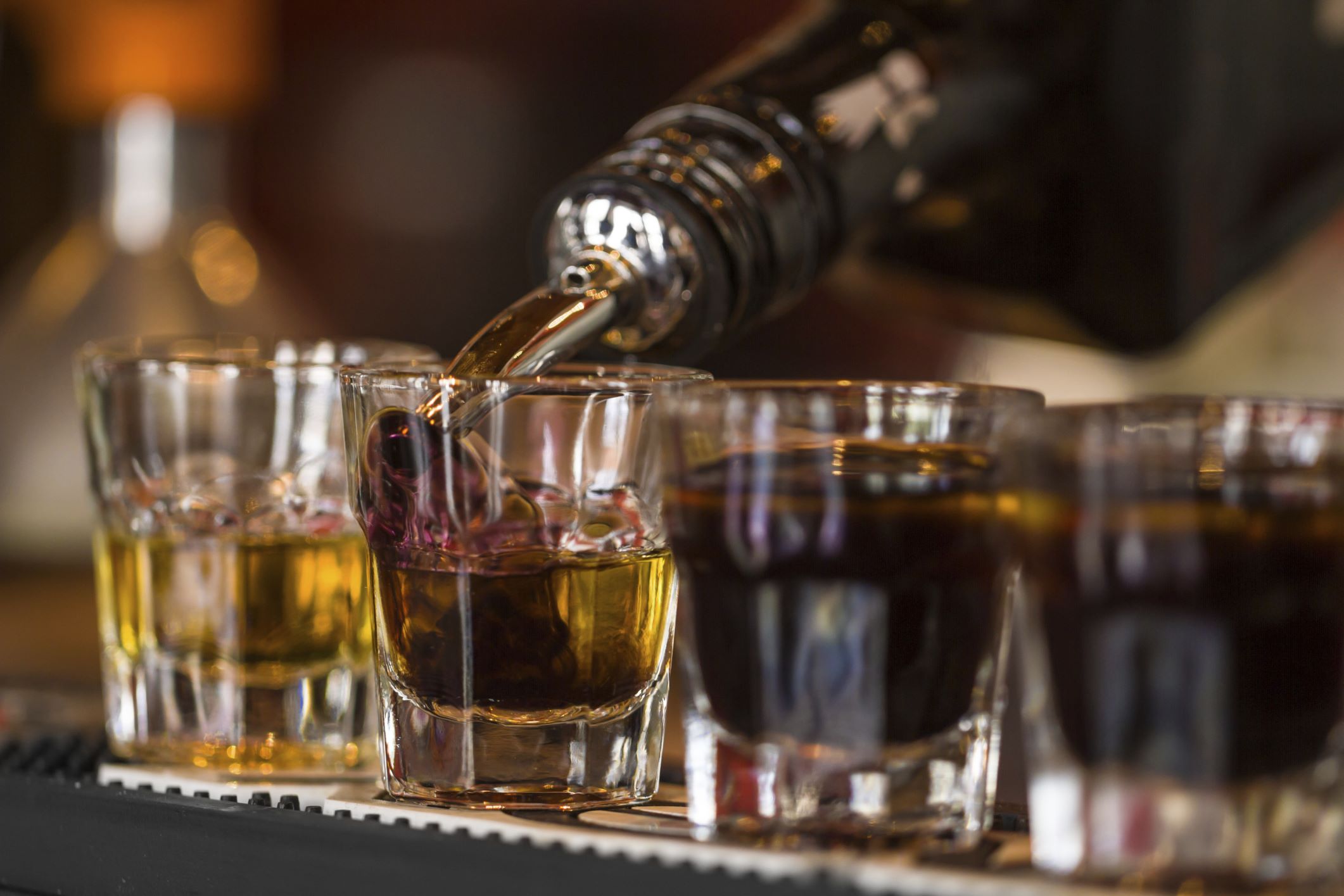
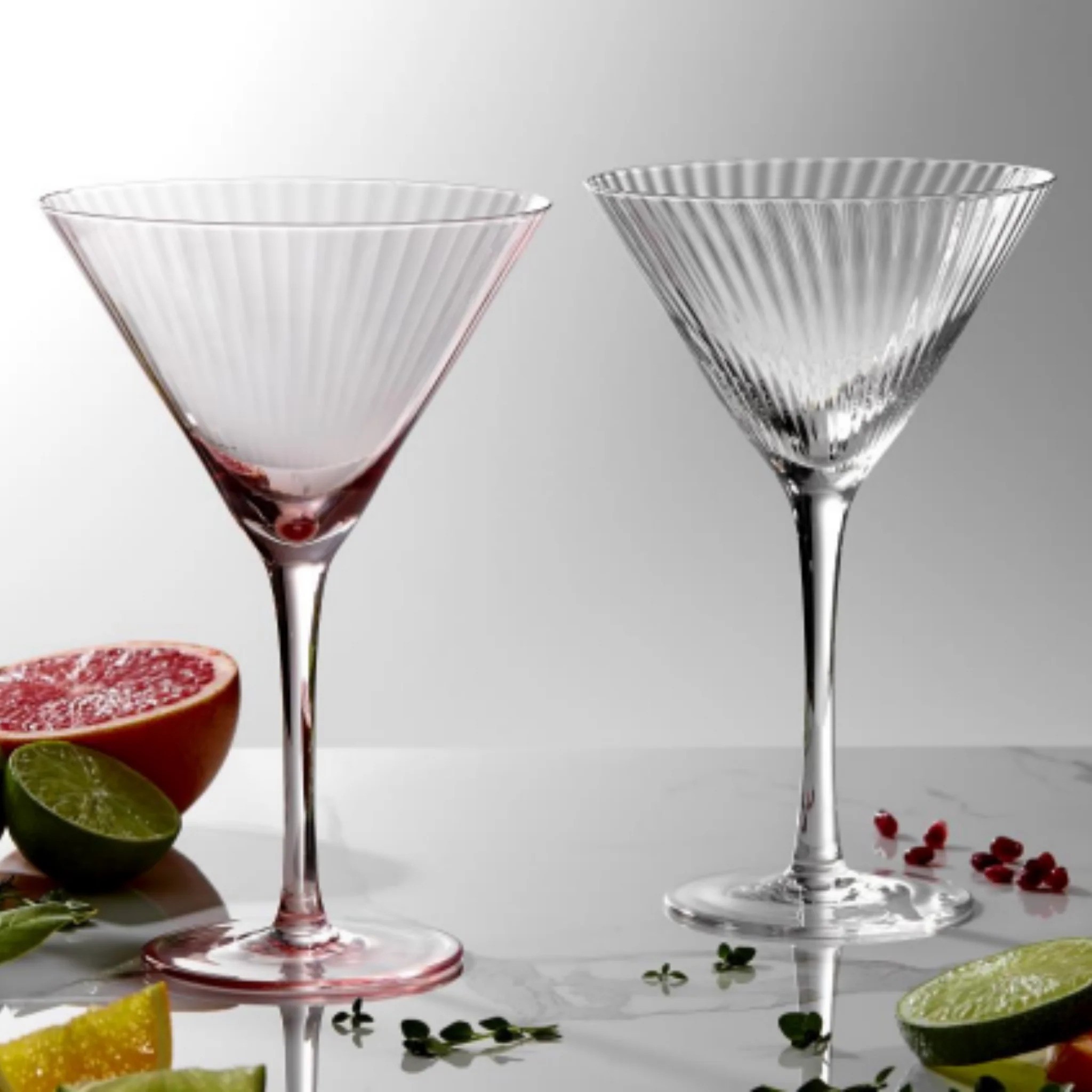
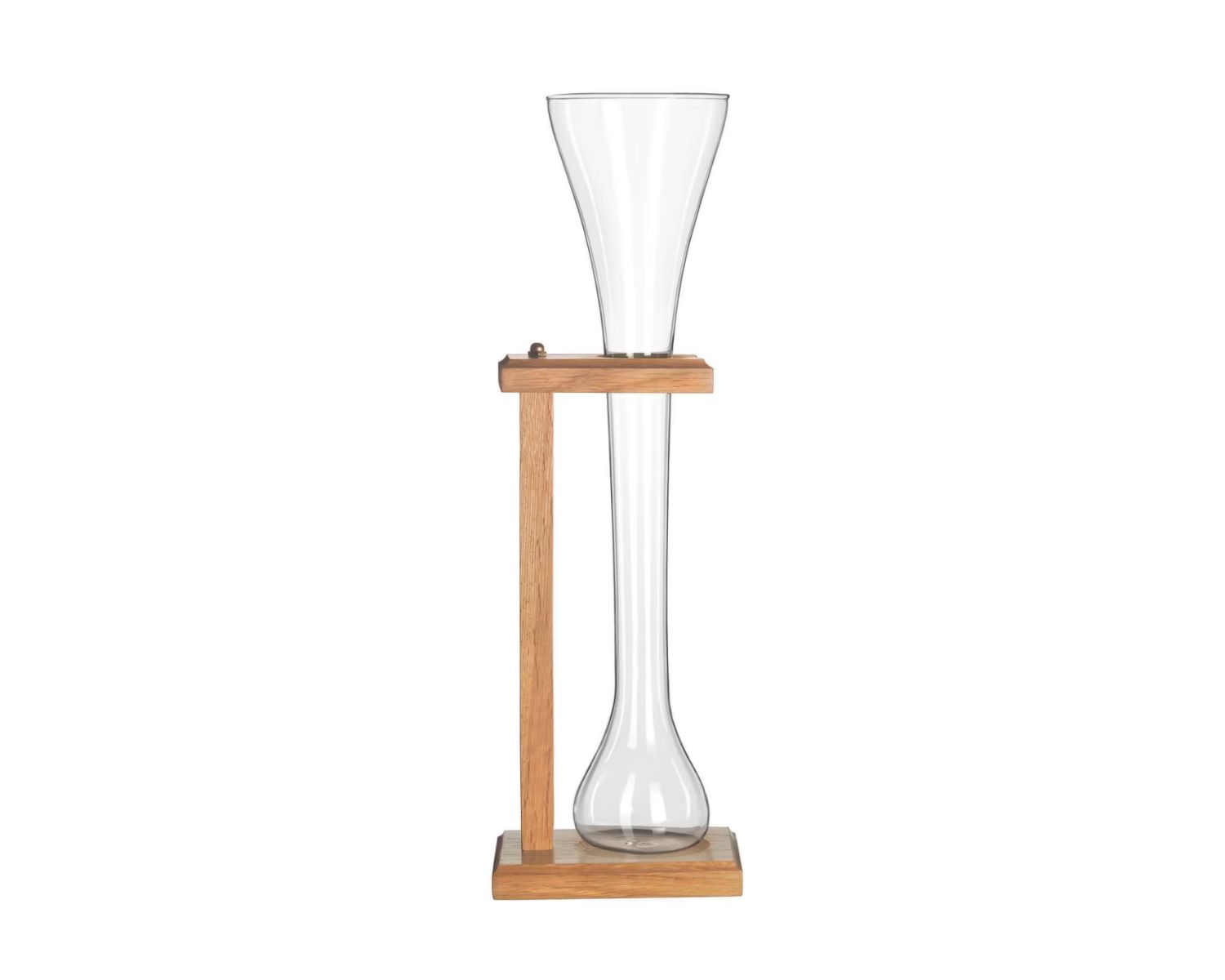
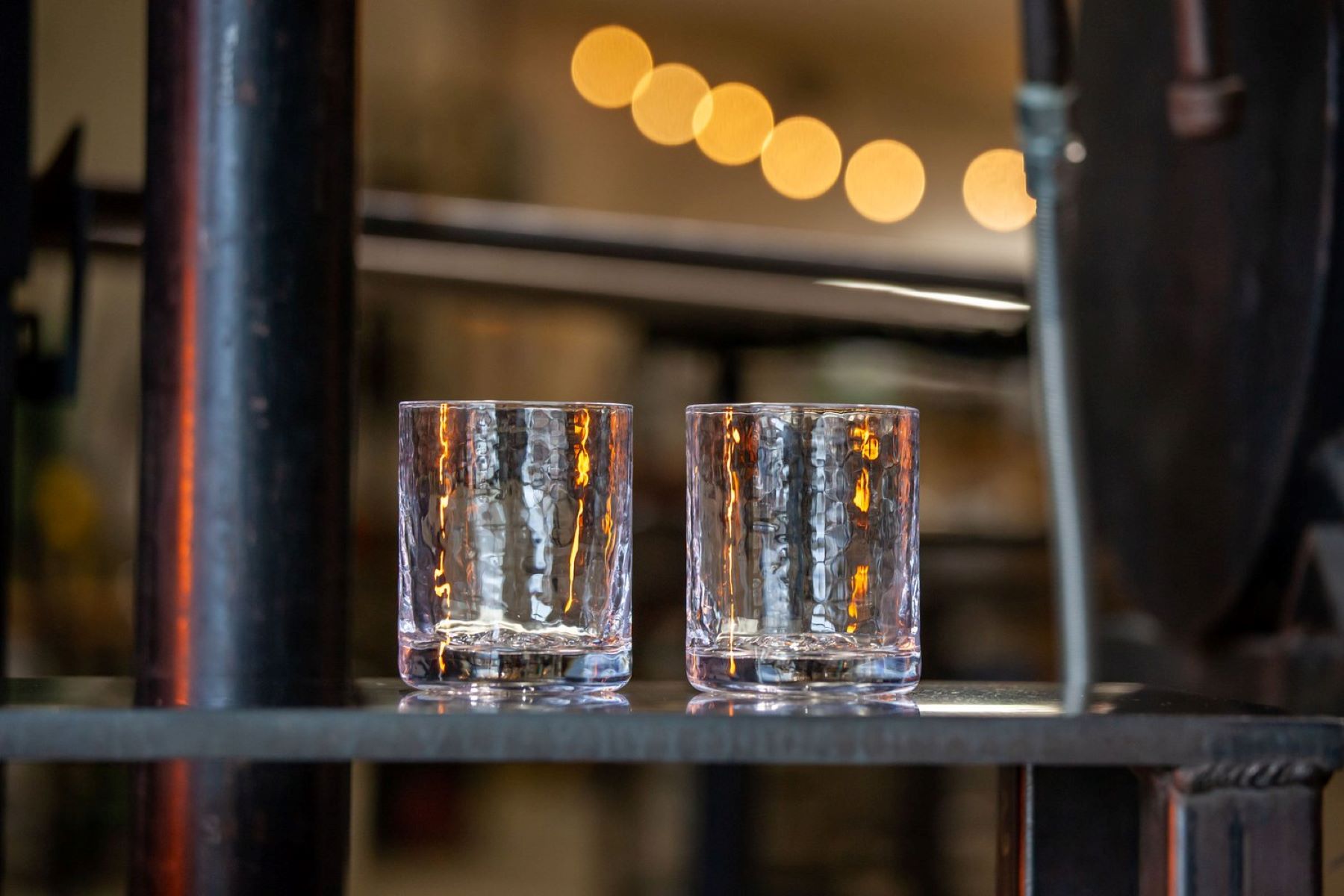
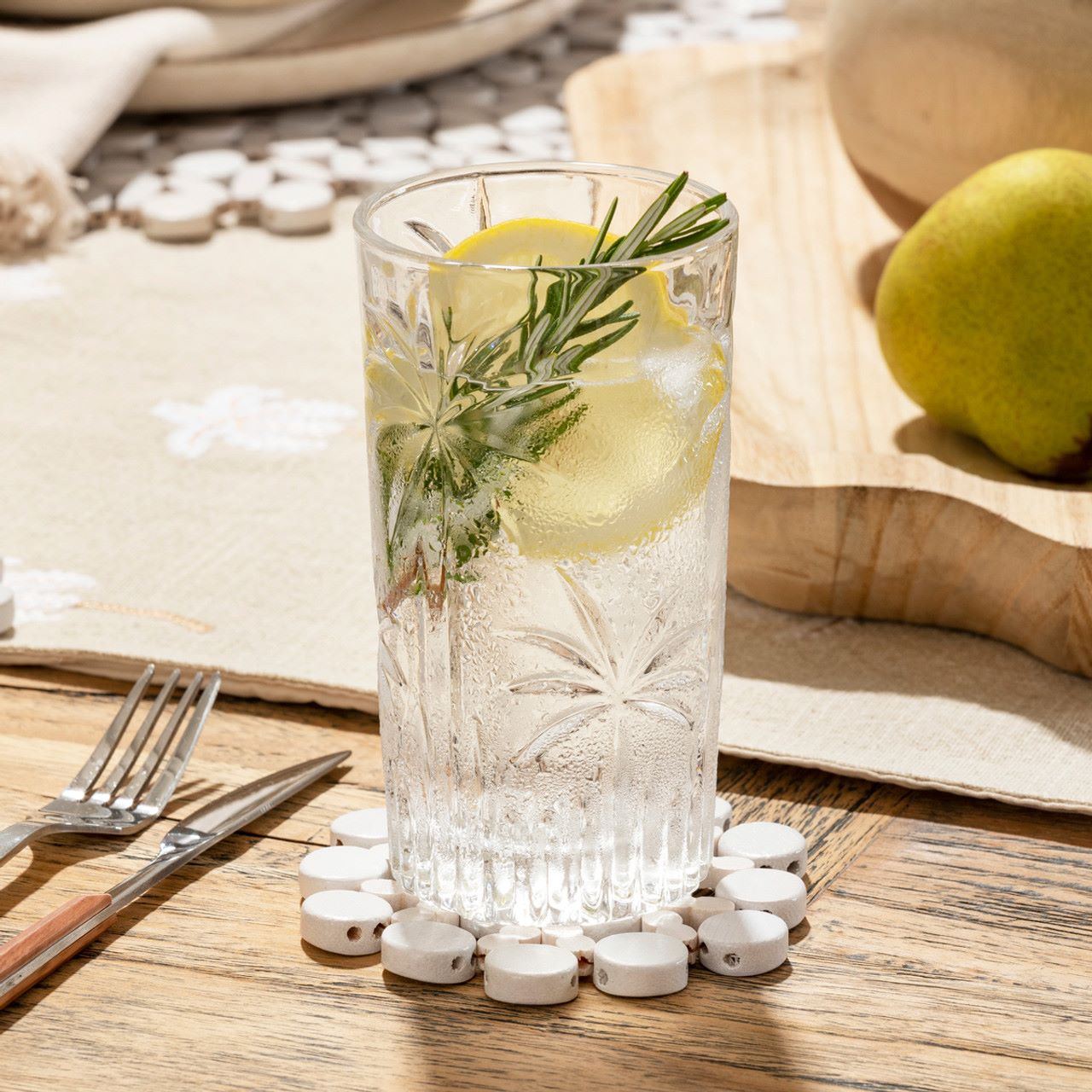

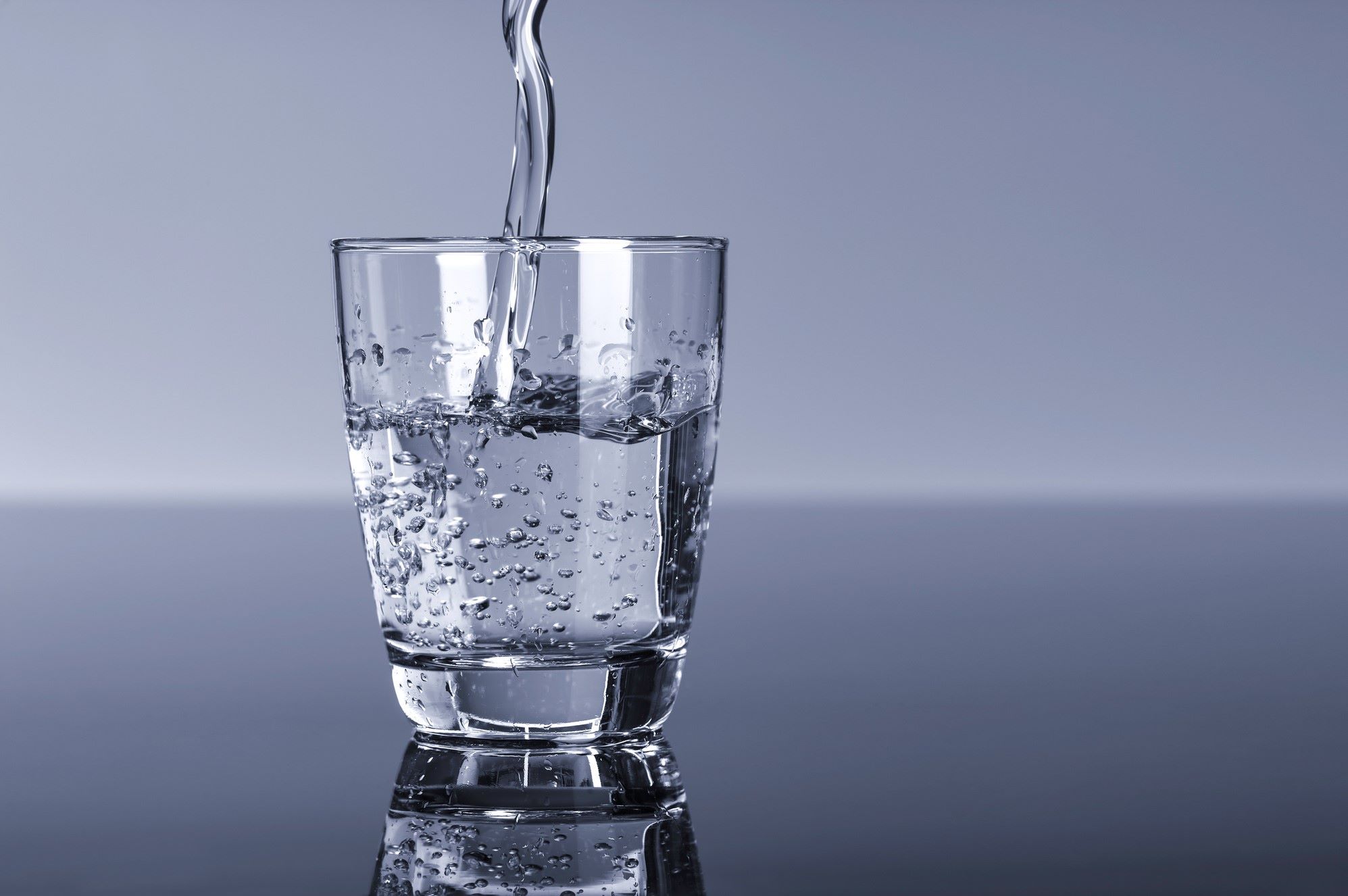
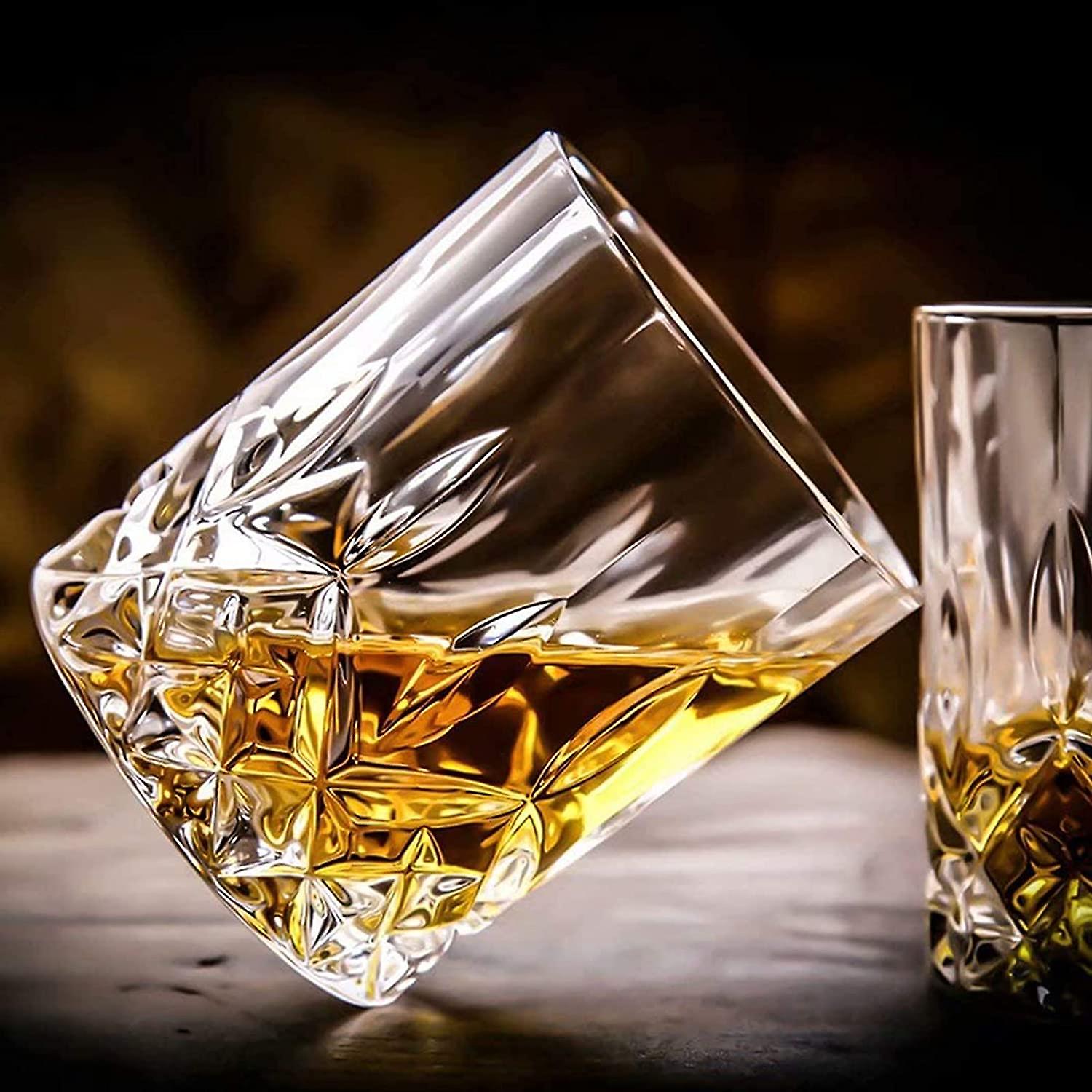
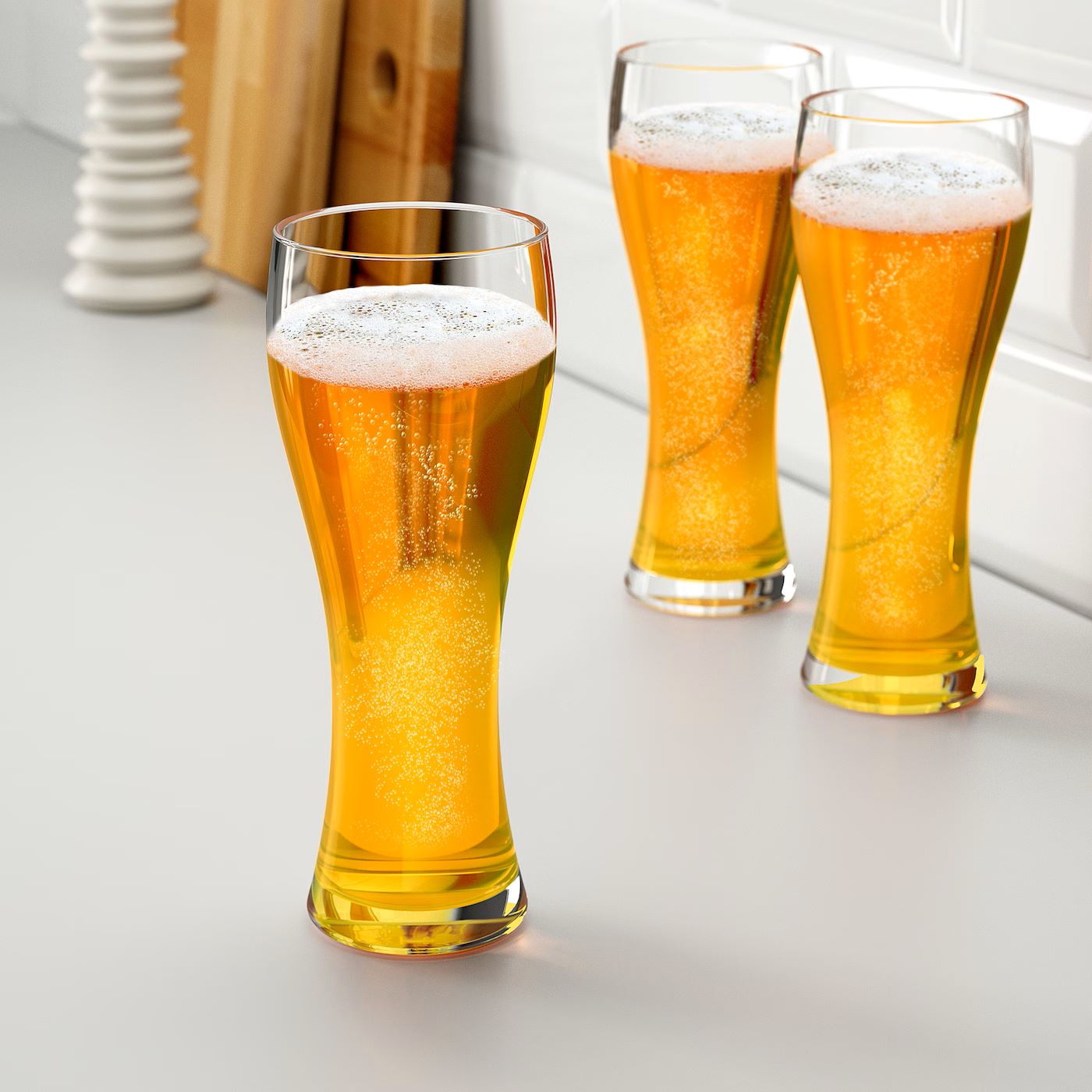
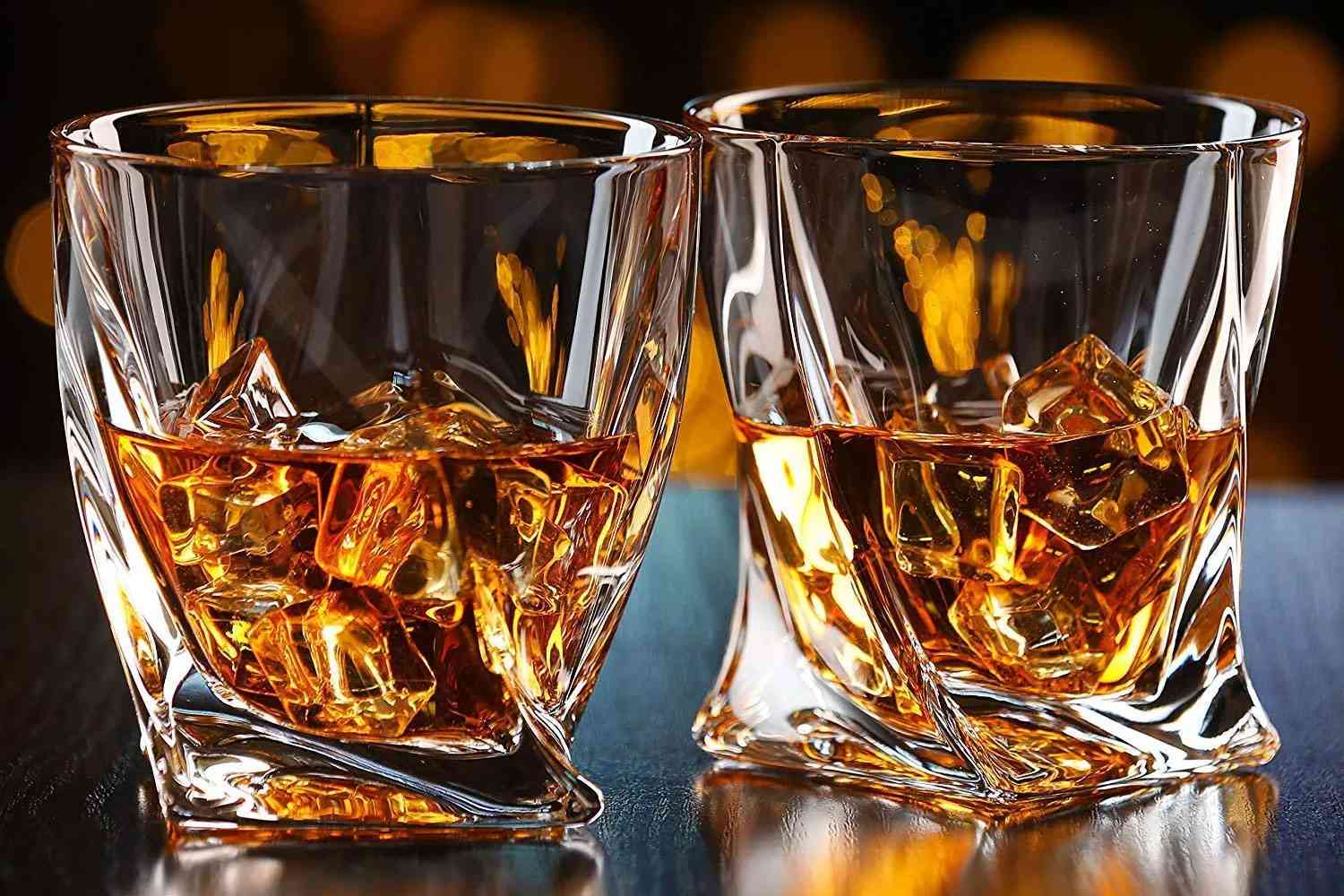
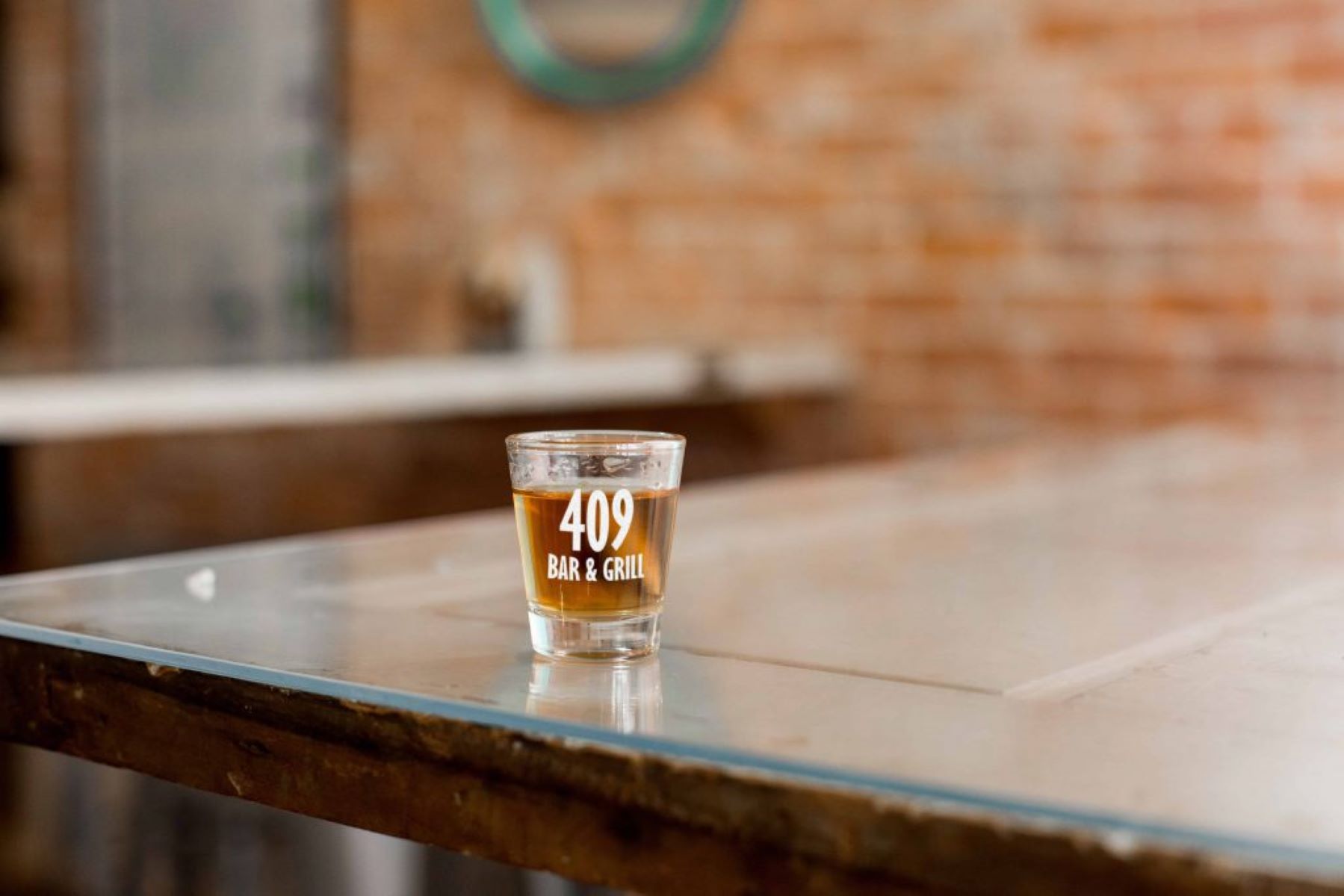
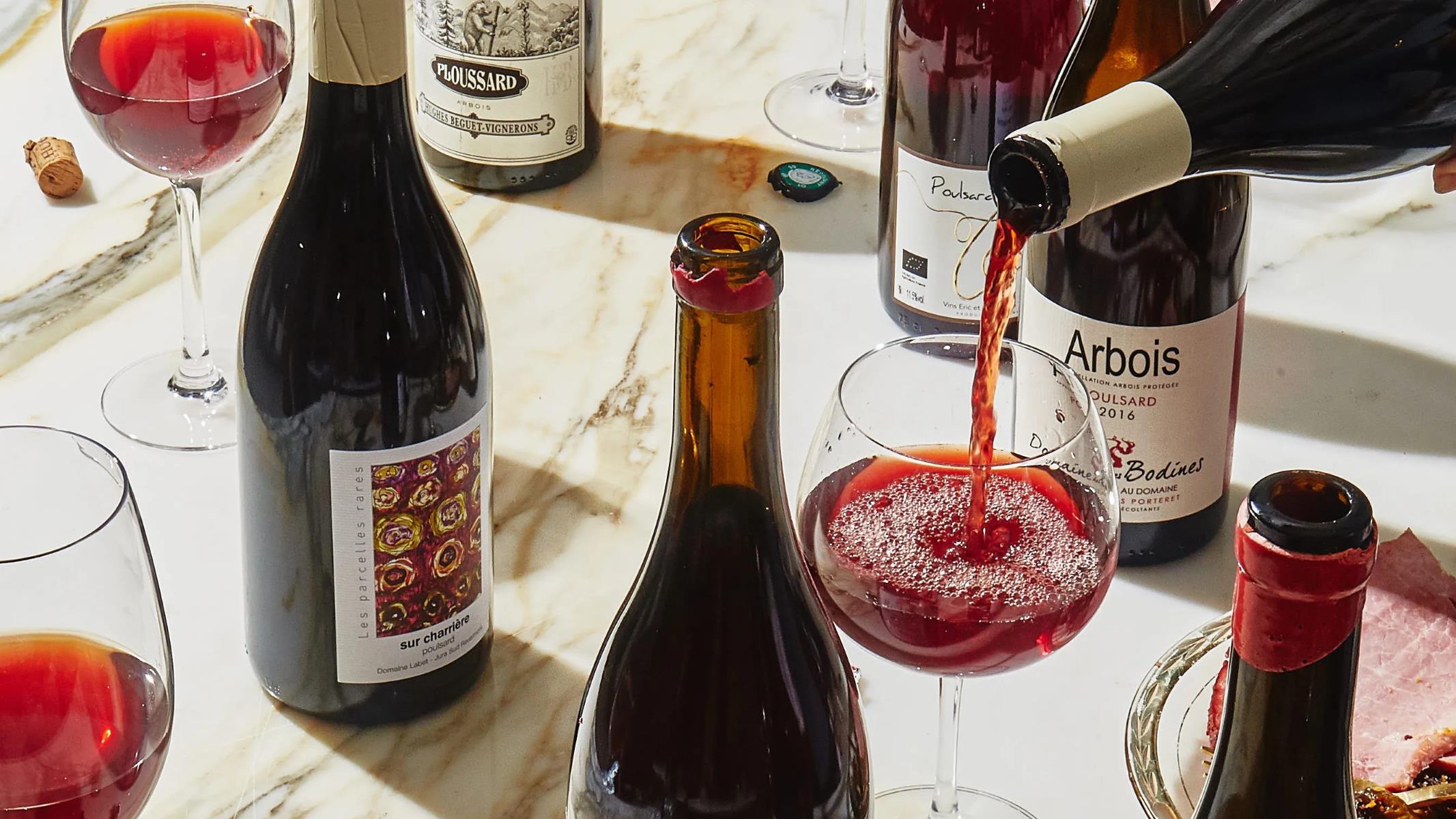
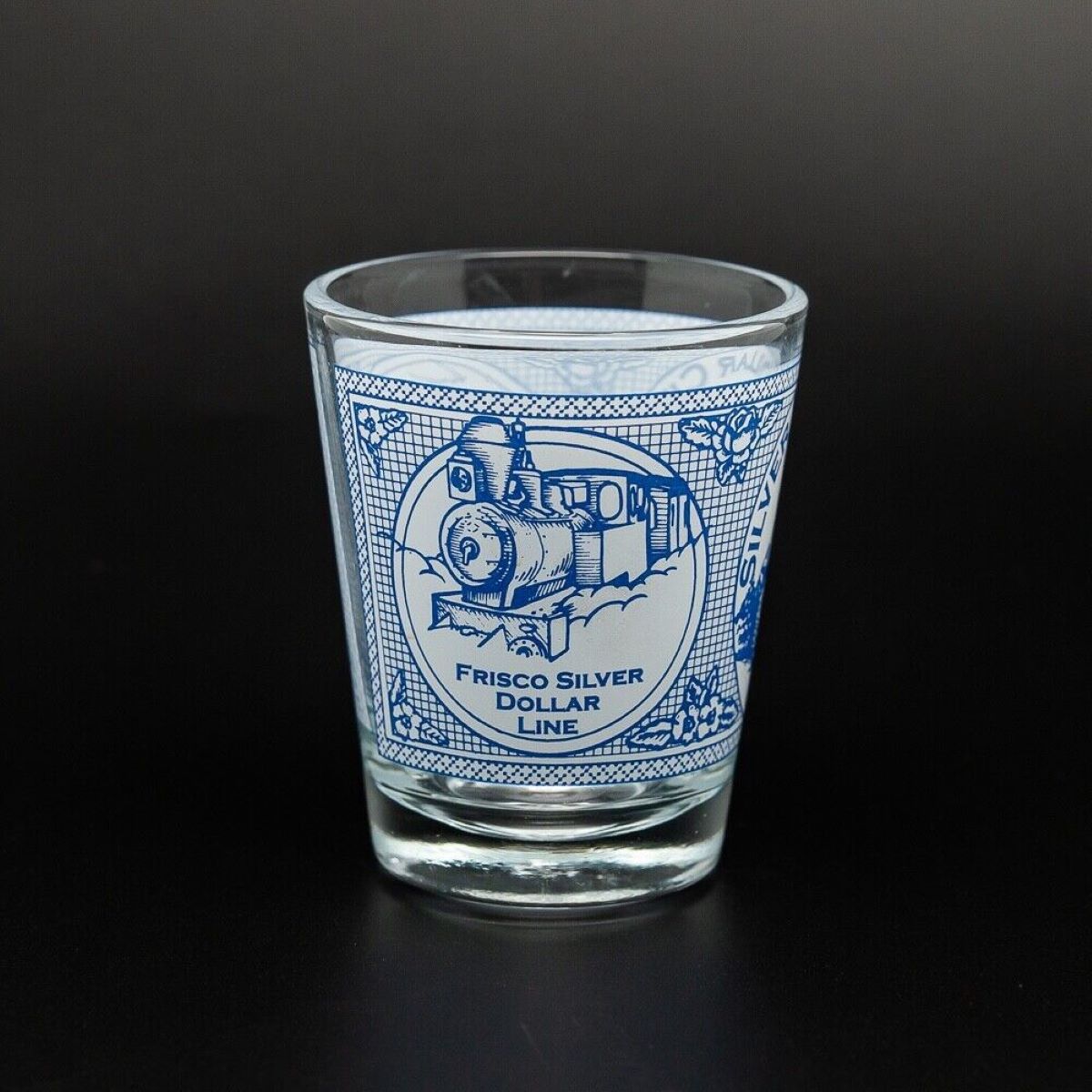
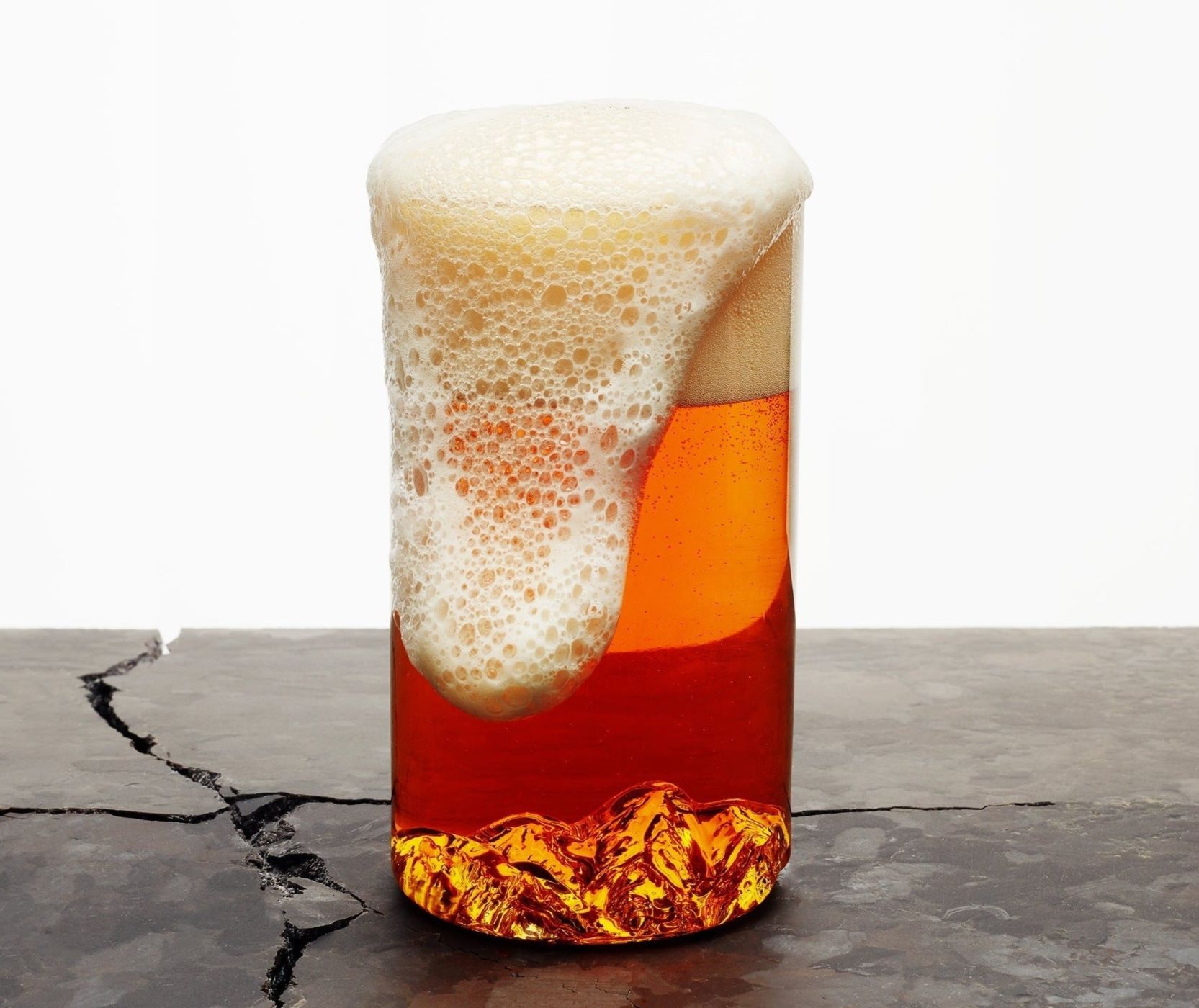
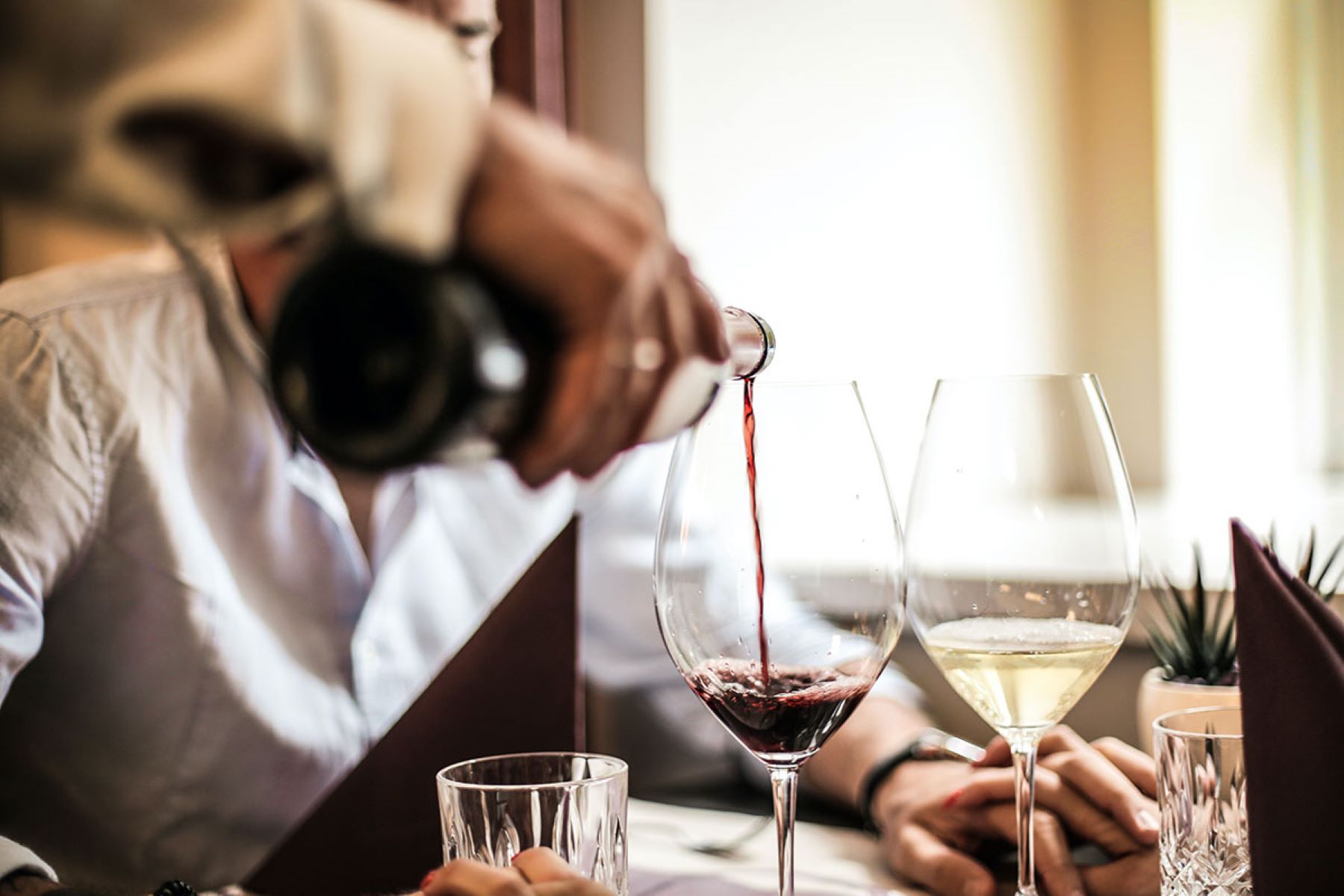

0 thoughts on “How Many Ounces Is A Pint Glass”